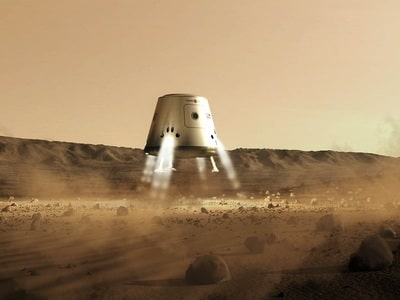NASA wants to direct a manned mission to the Red Planet, however presumably not until the mid-2030s. In the interim, Spacex and Mars One are looking at making the outing in less than quite a while from now. At whatever point it is, securing any sort of vicinity on Mars is going to oblige some new advancements just to convey essential life help for anybody searching to stay for any developed length of time. Understudies from the University of Western Australia and Mars One space traveler hopeful Josh Richards are finalists in the Mars One University rivalry, which would send key trials to the surface of Mars in 2018. Mars One is a non-benefitting organization that has utilized a challenge and media-driven methodology to store a restricted manned mission to create a base on Mars, around the mid-2020s.
The group, which calls its exertion the Helena Payload Project wants to display its manner of concentrating water from Martian soil and utilizing electrolysis to deliver breathable air. The Australian group will be rivaling an alternate finalist group named the Cyano Knights, who want to show that oxygen can be delivered on Mars utilizing cyanobacteria to change a little measure of Mars’ 95 percent carbon dioxide climate into oxygen. “Our examination will assuredly make ready to guarantee the survival of the chose space explorers on the Red Planet, as we endeavor to deliver oxygen from Martian assets,” said UWA designing understudy.
The two understudy ideas join MIT’s Mars Oxygen In situ asset usage Experiment (MOXIE), which was chosen not long ago for incorporation ready for Mars 2020 wanderer. MOXIE is like Helena’s methodology, utilizing robust oxide electrolysis to peel oxygen off of carbon dioxide, part it into O2 and carbon monoxide. Regularly, the stakes are a bit higher for the Mars One groups, who are looking forward to test innovative ideas that could create atoms to be breathed in by genuine people in the following 10-12 years, while MOXIE will simply be directing tests on board a robot.
Sort of humorously, an alternate group of MIT understudies additionally called the reasonability of the Mars One arrangement into inquiry in the not so distant future, including real concerns over dealing with the essential supply of oxygen on a Martian base. Despite how soon we may really see people breathing on the surface of Mars, the chances appear to be great that we will at any rate be making breathable air there inside the following 5 – 10 years.
